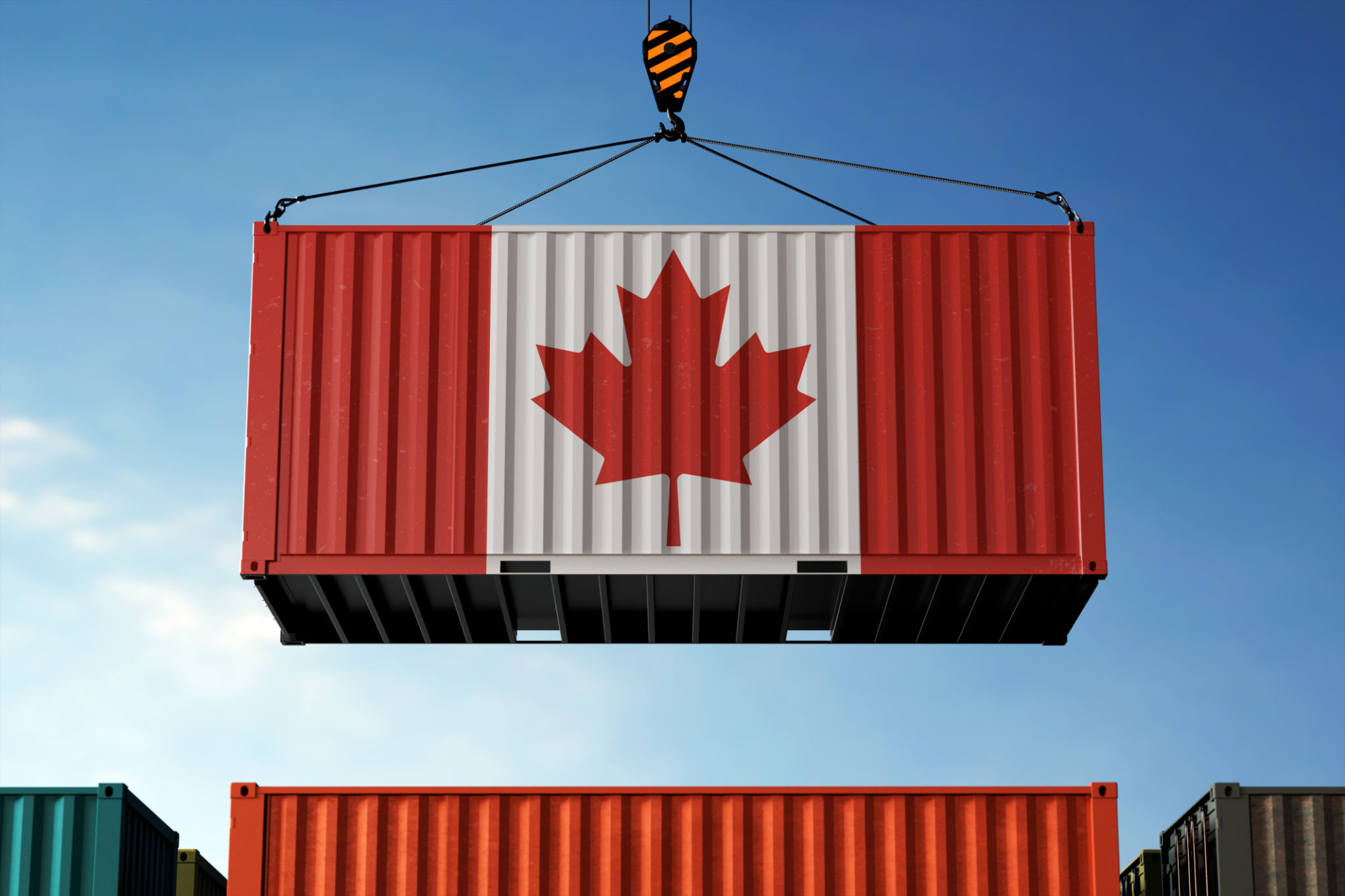A Comprehensive Guide to Logistics Coordination for Montana Businesses
T4
Logistics coordination is a critical component for businesses in Montana, especially given the state's expansive geography and diverse industries. From agriculture to manufacturing, ensuring that products and resources move efficiently across the state can make a significant difference in operational success. This guide aims to provide Montana businesses with insights and strategies to optimize their logistics coordination.
Understanding the Logistics Landscape in Montana
Montana's unique topography and climate present both challenges and opportunities for logistics. The state covers vast distances with varying terrain, which can impact transportation times and costs. Additionally, weather conditions such as heavy snowfall in winter months can complicate logistics planning. It's essential for businesses to understand these factors when devising their logistics strategies.
The primary modes of transportation in Montana include road, rail, and air. Each mode has its advantages and limitations, depending on the nature of the goods being transported. Businesses must evaluate which modes best suit their needs based on factors such as cost, speed, and reliability.

Key Strategies for Effective Logistics Coordination
Partnering with Local Logistics Providers
One effective strategy is partnering with local logistics providers who have an intimate understanding of Montana's infrastructure and regulations. These providers can offer valuable insights into route planning and cost-effective solutions. Building strong relationships with these partners can lead to more efficient and reliable logistics operations.
Leveraging Technology for Efficiency
Incorporating technology into logistics operations can significantly enhance efficiency. Tools such as GPS tracking, inventory management software, and automated scheduling systems can streamline processes and improve accuracy. Businesses should invest in the latest technologies to stay competitive and meet customer demands promptly.

Optimizing Supply Chain Management
Effective supply chain management is crucial for maintaining a seamless flow of goods. Businesses should focus on optimizing their supply chain by:
- Forecasting Demand: Accurately predicting demand helps in maintaining optimal inventory levels.
- Improving Supplier Relationships: Strong relationships with suppliers ensure timely delivery of raw materials.
- Streamlining Processes: Eliminating unnecessary steps in the supply chain reduces costs and improves efficiency.
By focusing on these areas, businesses can enhance their overall logistics coordination and better serve their customers.

Environmental Considerations in Logistics
Sustainability is becoming increasingly important in logistics coordination. Businesses in Montana are encouraged to adopt eco-friendly practices such as reducing emissions by optimizing routes or using vehicles powered by alternative fuels. Implementing sustainable practices not only benefits the environment but can also improve a company's reputation and bottom line.
Moreover, businesses can explore partnerships with logistics providers committed to sustainability. These partnerships can lead to innovative solutions that align with both business goals and environmental responsibility.
Conclusion
Logistics coordination is a complex but vital aspect of business operations in Montana. By understanding the local logistics landscape, leveraging technology, optimizing supply chain management, and considering environmental impacts, businesses can enhance their logistics strategies. With careful planning and execution, Montana businesses can achieve greater efficiency, cost savings, and customer satisfaction.
